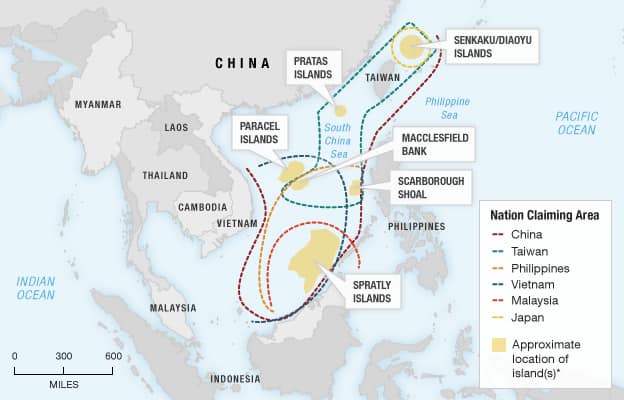The provided image vividly illustrates the complex territorial disputes surrounding the South China Sea. This region, rich in natural resources, has become a focal point of contention among several countries, including China, Taiwan, Vietnam,the Philippines, Malaysia, and Brunei. The overlapping claims, marked by dashed lines on the map, highlight the contentious nature of these territorial disputes.
The image also showcases key geographical features, such as the Spratly Islands, Paracel Islands, and Scarborough Shoal,which serve as strategic locations for military and economic activities. These islands and reefs are often at the center of territorial clashes, as countries vie for control over their rich fishing grounds and potential hydrocarbon reserves.
The future of the South China Sea remains uncertain, but several trends suggest that tensions will likely persist. The region’s strategic importance, coupled with the growing economic interests of the claimant states, will continue to fuel competition. The increasing militarization of the area, including the construction of artificial islands and the deployment of naval vessels, further exacerbates the risk of conflict.
While diplomatic efforts and international arbitration have been pursued to resolve these disputes, finding a mutually acceptable solution remains a significant challenge. The potential for escalation, both through military actions or economic coercion, poses a serious threat to regional stability and global peace. As the region continues to develop, it is imperative for all parties involved to engage in constructive dialogue and seek peaceful resolutions to these longstanding territorial disputes.


